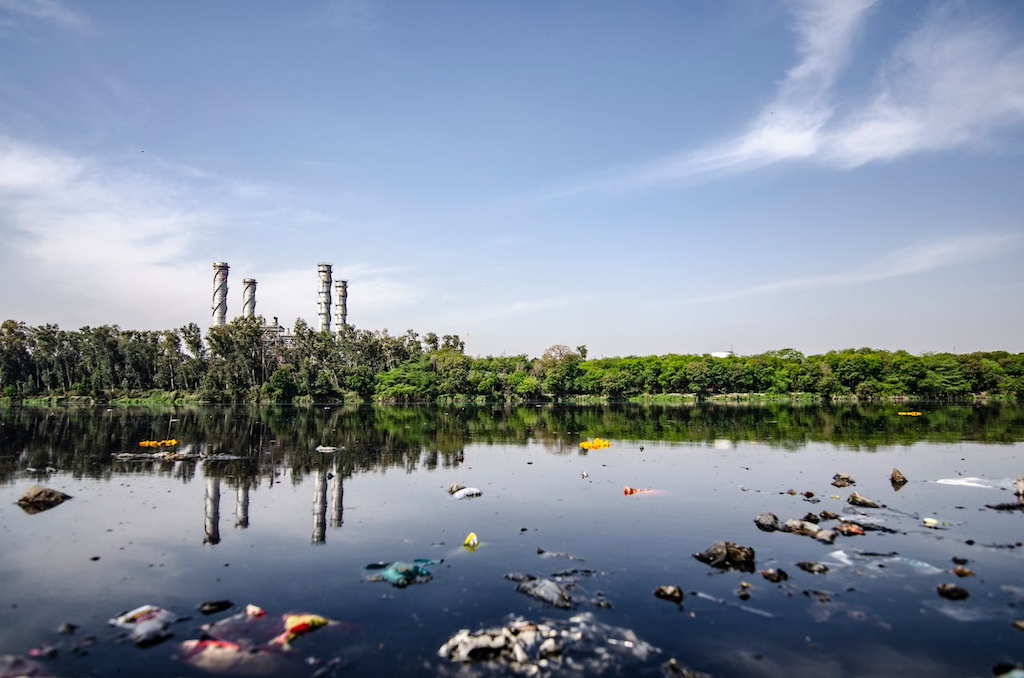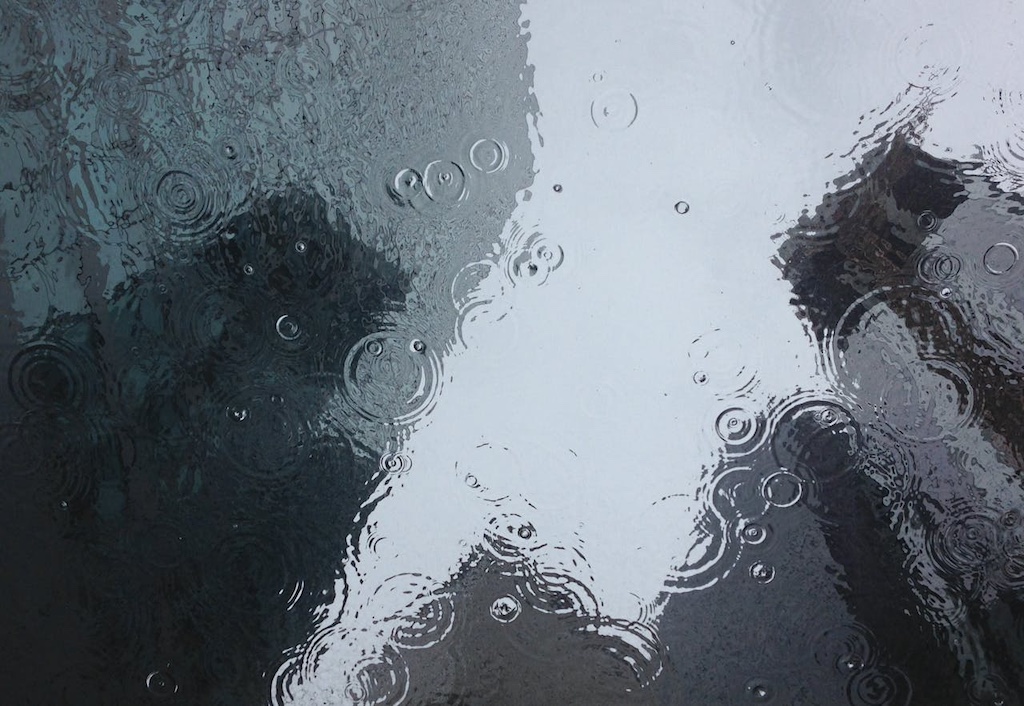Pollution from plastic waste is no longer confined to land and sea — it has now reached the sky above Indonesia’s capital. Recent research reveals that raindrops in Jakarta contain tiny microplastic particles, signaling a serious environmental warning. Plastic traces are no longer confined to rivers or oceans. They are now part of the city’s rain and atmospheric cycle. This article explores how microplastics appear in rainwater and where they originate. It also explains why this phenomenon threatens both human health and the environment.
BRIN’s Findings: The Reality of Microplastics in Rainwater
A national research institution found that each square meter of Jakarta’s coastal area can receive dozens of microplastic particles through rainfall. Every rainwater sample tested contained traces of microplastics. This proves rain is no longer pure atmospheric water. It has become a carrier of plastic pollutants. The particles found included tiny plastic fragments and synthetic fibers. These can travel with the wind or attach to water droplets before reaching the ground. These findings confirm that microplastics have become an invisible component of the urban rain cycle.
Sources of Atmospheric Microplastic Pollution
The microplastics found in Jakarta’s rain originate from various human activities and natural processes that break down plastics into microscopic sizes. Major sources include synthetic fibers released from clothing, dust and tire wear from vehicles, open-air burning or degradation of plastic waste, and emissions from industrial operations. Once airborne, these particles are lifted into the atmosphere by wind, vapor, or turbulence. They then mix with clouds and eventually return to the surface through rainfall. As a result, plastic pollution is no longer confined to the ground or water — it has become part of the global air and water cycle.

https://www.pexels.com/photo/garbage-on-body-of-water-2480807/
Impacts of Microplastics on Health and the Environment
The discovery of microplastics in rainfall carries serious implications for human health and ecosystems. Although these particles are microscopic, they often contain harmful additives such as phthalates or BPA, or absorb other pollutants. Once deposited on the ground, they can enter the human body through rainwater, groundwater, or food sources. Potential health effects include hormonal disruption, tissue inflammation, and long-term organ damage.
From an environmental standpoint, microplastics in rain can contaminate soil, surface water, and drinking sources. This pollution threatens both terrestrial and aquatic biodiversity. In densely populated urban centers like Jakarta — where industrial activity, vehicle emissions, and plastic waste are abundant — the risk is even greater. This situation calls for integrated management to curb microplastic pollution before it spreads further.
Conclusion
The presence of microplastics in Jakarta’s rain is a stark reminder that plastic pollution has entered a more complex stage — from oceans and rivers to the sky and rainfall. This issue demands systemic change: stricter plastic waste management, a shift toward environmentally friendly materials, and continuous monitoring of air and rainwater quality.
If left unchecked, the impact could become widespread and irreversible. Conversely, proactive collaboration among government, industry, and the public could transform rain from a carrier of pollution into a symbol of environmental recovery.
Read other Articles: World Environment Day 2025: Stop Plastic Pollution





